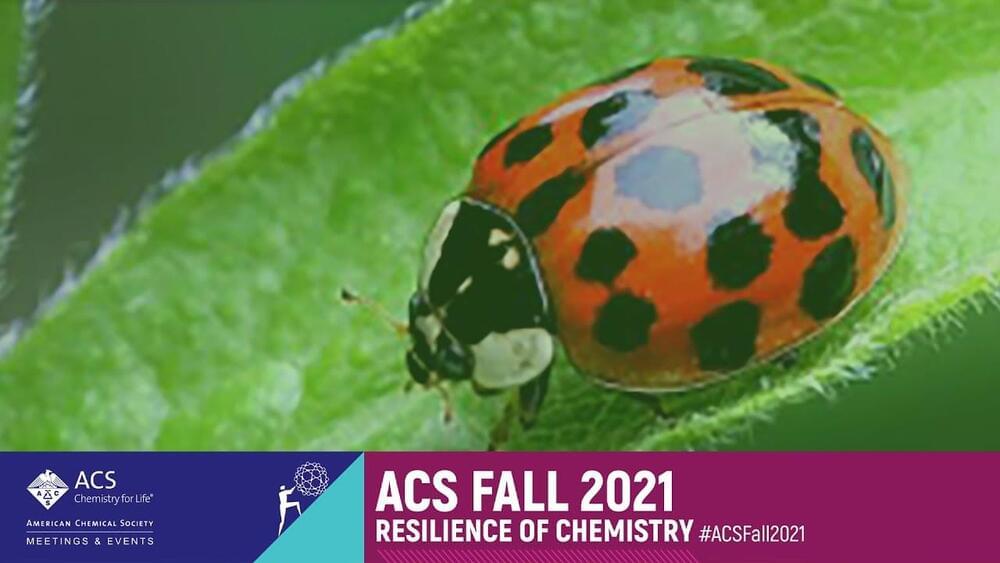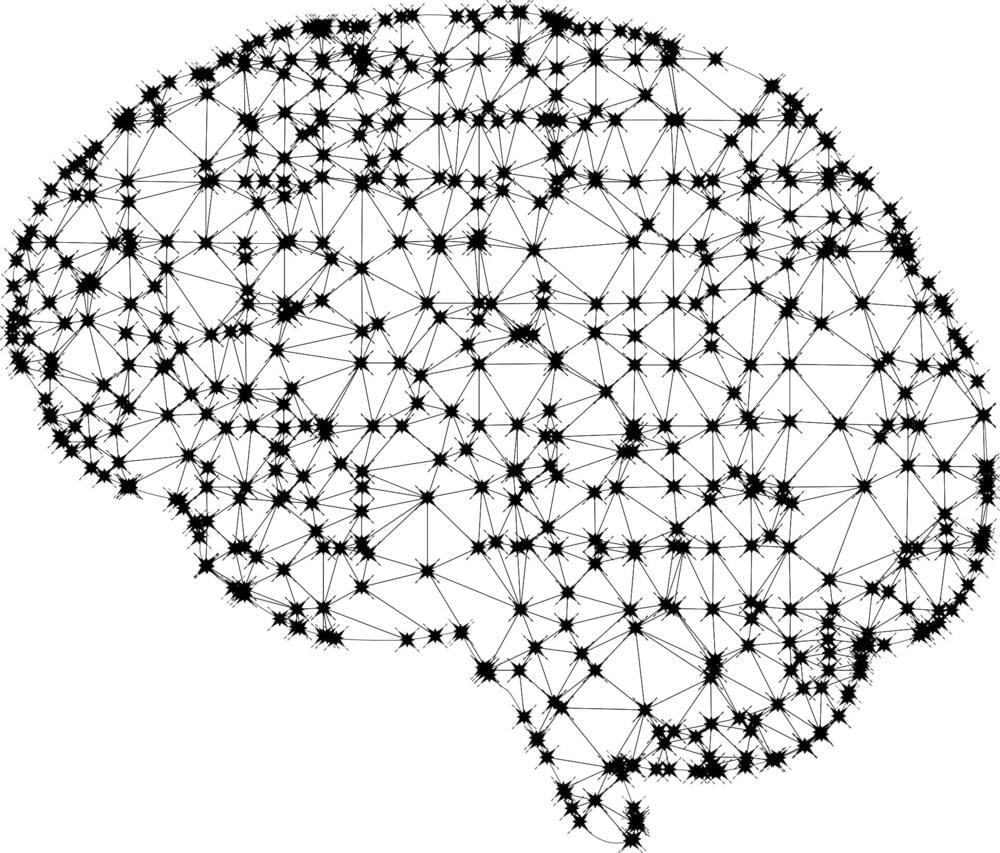Managing your AI and machine learning pipelines starts with data sourcing, data curation, and data annotation.
After successful completion of its final tests, NASA
Established in 1,958 the National Aeronautics and Space Administration (NASA) is an independent agency of the United States Federal Government that succeeded the National Advisory Committee for Aeronautics (NACA). It is responsible for the civilian space program, as well as aeronautics and aerospace research. It’s vision is “To discover and expand knowledge for the benefit of humanity.”
Using nature against nature.
While no one enjoys seeing carefully nurtured crops destroyed by hordes of hungry insects, the most common way to prevent it – the use of insecticides – is causing massive ecological problems.
Some are wreaking havoc on bee populations globally, killing birds and piling onto the challenges already faced by endangered species. Thankfully, insecticides are generally only in our food at low levels, but they do harm humans who are highly exposed to them too, like the workers growing our crops.
They also destroy predatory insect populations, which just makes the problem of crop pests worse in the long term — with fewer pest enemies around to keep their numbers in check.
An international research team with participants from several universities including the FAU has proposed a standardized registry for artificial intelligence (AI) work in biomedicine to improve the reproducibility of results and create trust in the use of AI algorithms in biomedical research and, in the future, in everyday clinical practice. The scientists presented their proposal in the journal Nature Methods.
In the last decades, new technologies have made it possible to develop a wide variety of systems that can generate huge amounts of biomedical data, for example in cancer research. At the same time, completely new possibilities have developed for examining and evaluating this data using artificial intelligence methods. AI algorithms in intensive care units, e.g., can predict circulatory failure at an early stage based on large amounts of data from several monitoring systems by processing a lot of complex information from different sources at the same time, which is far beyond human capabilities.
This great potential of AI systems leads to an unmanageable number of biomedical AI applications. Unfortunately, the corresponding reports and publications do not always adhere to best practices or provide only incomplete information about the algorithms used or the origin of the data. This makes assessment and comprehensive comparisons of AI models difficult. The decisions of AIs are not always comprehensible to humans and results are seldomly fully reproducible. This situation is untenable, especially in clinical research, where trust in AI models and transparent research reports are crucial to increase the acceptance of AI algorithms and to develop improved AI methods for basic biomedical research.
Dr. Valentin Robu, Associate Professor and Academic PI of the project, says that this work was part of the NCEWS (Network Constraints Early Warning System project), a collaboration between Heriot-Watt and Scottish Power Energy Networks, part funded by InnovateUK, the United Kingdom’s applied research and innovation agency. The project’s results greatly exceeded our expectations, and it illustrates how advanced AI techniques (in this case deep learning neural networks) can address important practical challenges emerging in modern energy systems.
Power networks worldwide are faced with increasing challenges. The fast rollout of distributed renewable generation (such as rooftop solar panels or community wind turbines) can lead to considerable unpredictability. The previously used fit-and-forget mode of operating power networks is no longer adequate, and a more active management is required. Moreover, new types of demand (such as from the rollout EV charging) can also be source of unpredictability, especially if concentrated in particular areas of the distribution grid.
Network operators are required to keep power and voltage within safe operating limits at all connection points in the network, as out of bounds fluctuations can damage expensive equipment and connected devices. Hence, having good estimates of which area of the network could be at risk and require interventions (such as strengthening the network, or extra storage to smoothen fluctuations) is increasingly a key requirement.
Privacy-sensitive machine learning
Smart meter data analysis holds great promise for identifying at risk areas in distribution networks. Yet, using smart meter data can present significant practical constraints. In many countries and regions, the rollout of smart meters does not provide full coverage, as installation is voluntary and many customers may reject installing a smart meter at their home. Moreover, even places where there is a successful smart meter roll-out, privacy restrictions must be taken into account and, in practice, regulators considerably constrain what private data from smart meters network operators have access to.
Are you terrified yet? Because we certainly are. Scientists even named their discovery of a 43 million-year-old fossil after Anubis, an Egyptian god associated with death.
The sleeping giant that is Tesla Energy is showing signs that it is waking up. This became quite evident in Texas as Tesla filed an application with the Texas Public Utility Commission to sell power in the state. Tesla’s application came as the company pursues a number of high-profile battery storage projects in the state, such as a 100 MW system in Angleton, TX, and a 250 MW battery near Giga Texas.
The flings, which were initially reported in Texas Monthly, were filed in mid-August by a new Tesla subsidiary called Tesla Energy Ventures. In classic Tesla fashion, the public details about the initiative are pretty scarce, though individuals familiar with the matter have noted that if the filings are approved this November, Tesla Energy Ventures may very well stand out among the state’s crowded, deregulated retail energy market.
Texas is home to numerous electricity companies, and Tesla, which has made a name for itself as a premium brand, would likely not fight it out with the state’s bargain power retailers. Tesla could have an edge against its competitors, however, as the company could sell power that is either drawn from the grid or pulled from residential Tesla batteries in the event of a blackout. Tesla may even allow Texans with solar panels to earn money by sharing their excess power with the grid.
AI and Machine Learning systems have proven a boon to scientific research in a variety of academic fields in recent years. They’ve assisted scientists in ripe for cutting-edge treatments, of potent and, and even. Throughout this period, however, AI/ML systems have often been relegated to simply processing large data sets and performing brute force computations, not leading the research themselves.
But Dr. Hiroaki Kitano, CEO of Sony Computer Science Laboratories, “hybrid form of science that shall bring systems biology and other sciences into the next stage,” by creating an AI that’s just as capable as today’s top scientific minds. To do so, Kitano seeks to launch the and.
“The distinct characteristic of this challenge is to field the system into an open-ended domain to explore significant discoveries rather than rediscovering what we already know or trying to mimic speculated human thought processes,” Kitano. “The vision is to reformulate scientific discovery itself and to create an alternative form of scientific discovery.”
In the third part of our Inspiration4 preview series, we present a look at the Crew Dragon capsule that will send the crew into orbit.









